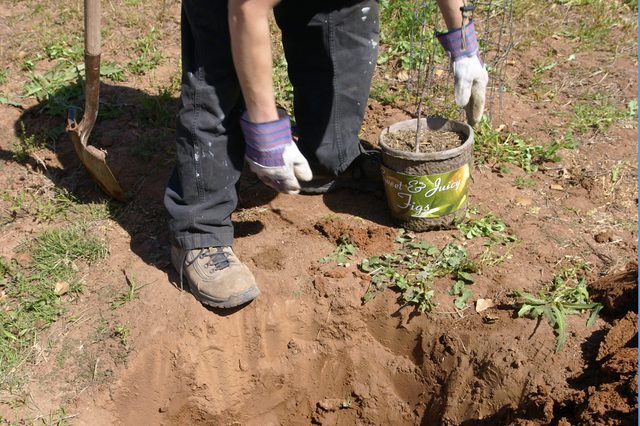Bulbs
Flower Basics
Flower Beds & Specialty Gardens
Flower Garden
Garden Furniture
Garden Gnomes
Garden Seeds
Garden Sheds
Garden Statues
Garden Tools & Supplies
Gardening Basics
Green & Organic
Groundcovers & Vines
Growing Annuals
Growing Basil
Growing Beans
Growing Berries
Growing Blueberries
Growing Cactus
Growing Corn
Growing Cotton
Growing Edibles
Growing Flowers
Growing Garlic
Growing Grapes
Growing Grass
Growing Herbs
Growing Jasmine
Growing Mint
Growing Mushrooms
Orchids
Growing Peanuts
Growing Perennials
Growing Plants
Growing Rosemary
Growing Roses
Growing Strawberries
Growing Sunflowers
Growing Thyme
Growing Tomatoes
Growing Tulips
Growing Vegetables
Herb Basics
Herb Garden
Indoor Growing
Landscaping Basics
Landscaping Patios
Landscaping Plants
Landscaping Shrubs
Landscaping Trees
Landscaping Walks & Pathways
Lawn Basics
Lawn Maintenance
Lawn Mowers
Lawn Ornaments
Lawn Planting
Lawn Tools
Outdoor Growing
Overall Landscape Planning
Pests, Weeds & Problems
Plant Basics
Rock Garden
Rose Garden
Shrubs
Soil
Specialty Gardens
Trees
Vegetable Garden
Yard Maintenance
How to Grow a Brown Turkey Fig Tree
How to Grow a Brown Turkey Fig Tree. Fig trees are native to the Mediterranean and come in edible and nonedible types. The brown turkey fig bears large copper-colored fruit. It doesn't need pollination to set crops, making it easy to grow in mild climates. Given protection from cold weather, regular feeding and moisture, Brown turkey trees grow 1...
Fig trees are native to the Mediterranean and come in edible and nonedible types. The brown turkey fig bears large copper-colored fruit. It doesn't need pollination to set crops, making it easy to grow in mild climates. Given protection from cold weather, regular feeding and moisture, Brown turkey trees grow 1 or 2 feet per year. They can be grown as trees or shrubs, and their fruit can be eaten from the tree or kept for preserves.

Things You'll Need
Spade
Water
Mulch
8-8-8 fertilizer
Burlap
Step 1
Plant brown turkey figs in the spring after the last frost. Dig a hole, in a spot protected from the wind that gets full sun at least eight hours a day. Space figs 15 feet from other trees as they will grow 10 feet high and spread 10 feet. Protect figs from cold below 10 F. Plant them in containers in the spring in colder climates and bring them indoors in the fall. Cover figs with burlap during cold snaps.

Step 2
Growing figs from seed is difficult. Buy a seedling from an established nursery and plant it in rich soil mixed with one-third humus. Set the top of the root ball an inch below ground level and fill it in with soil, firming it down to eliminate air pockets. Make a mound of soil in a ring around the trunk, creating a basin to retain water. Prune the main stem to 3 feet on bare root stock but leave container-grown plants alone. Water thoroughly to moisten the dry soil. Mulch around the trunk with leaves, pine needles, straw or peat moss to protect the fig’s shallow root system and to control weeds.

Step 3
Water to keep the soil moist until the young figs become established. After they're producing healthy new growth, water only in times of drought. Soggy roots will produce fruits that split. Brown turkey figs produce large fruit with a light copper skin and amber flesh in July, with a second crop of medium fruit in August. The figs are good for fresh eating and preserves.

Step 4
Fertilize the tree every spring just before new growth appears. Use 1 lb. of 8-8-8 fertilizer per year of growth up to a maximum of 12 lbs. Remove dead and crossing branches and suckers and prune to shape the tree after the last frost. Prune to encourage new growth, which produces figs. Pick the fruit just as it softens. Soft fruit is the tastiest. Store brown turkey figs at 40 F for short periods only.
